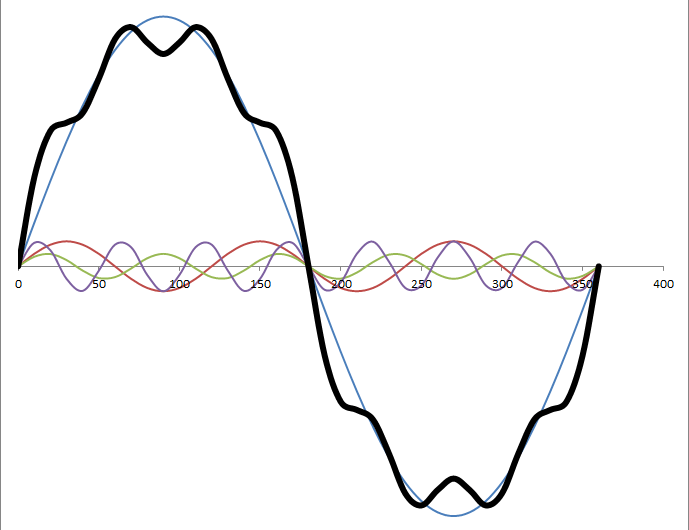Time Domain Load Flow (TDLF) is a power system analysis method that calculates the load flow (power flow) over time by considering the dynamic behavior of system components. Unlike traditional steady-state load flow analysis, which provides a snapshot of power distribution at a specific moment, TDLF considers system variations due to transient events, control actions, and changes in load and generation over time.
TDLF is particularly useful for analyzing power systems with high variability, such as microgrids, renewable energy-dominated networks, and systems with frequent switching operations.
Where Time Domain Load Flow is Required
TDLF is often required in an islanded power system, especially when dealing with dynamic load and generation changes. Islanded systems (such as microgrids operating independently from the main grid) are more susceptible to frequency and voltage fluctuations due to the absence of a strong external grid.
Key reasons why TDLF is useful in islanded power systems:
- Transient Stability – Since islanded systems lack grid support, they are prone to frequency and voltage instability. TDLF helps analyze how loads and generators respond dynamically.
- Renewable Integration – If the system includes high penetration of renewable energy sources (e.g., solar and wind), TDLF helps study their fluctuating nature and impact on system stability.
- Energy Storage and Control Strategies – Many islanded systems use batteries, flywheels, or other energy storage devices that operate dynamically. TDLF helps in optimizing their control and dispatch.
- Load Shedding and Demand Response – TDLF helps evaluate how to manage load shedding strategies effectively to maintain stability.
- Governor and Droop Control Analysis – In isolated grids, frequency regulation is critical. TDLF can assess the effectiveness of control mechanisms like droop control.
Applications of Time Domain Load Flow
- Microgrid and Islanded System Analysis – Evaluating the performance of microgrids in both grid-connected and islanded modes, considering load fluctuations, storage, and control responses.
- Renewable Energy Integration – Studying the impact of intermittent generation sources on voltage and frequency stability.
- Protection Coordination – Assessing relay and circuit breaker performance over time under dynamic conditions.
- Transient Voltage and Frequency Stability – Investigating how voltage and frequency behave over time following disturbances such as faults, load changes, or generator trips.
- Electric Vehicle (EV) Charging Impact – Analyzing the impact of EV charging/discharging on grid stability in real-time.
- HVDC and FACTS Device Analysis – Studying the dynamic effects of power electronic devices like HVDC, STATCOM, and SVC on system performance.
- Optimal Energy Management – Helping utilities optimize power dispatch and control strategies dynamically.
